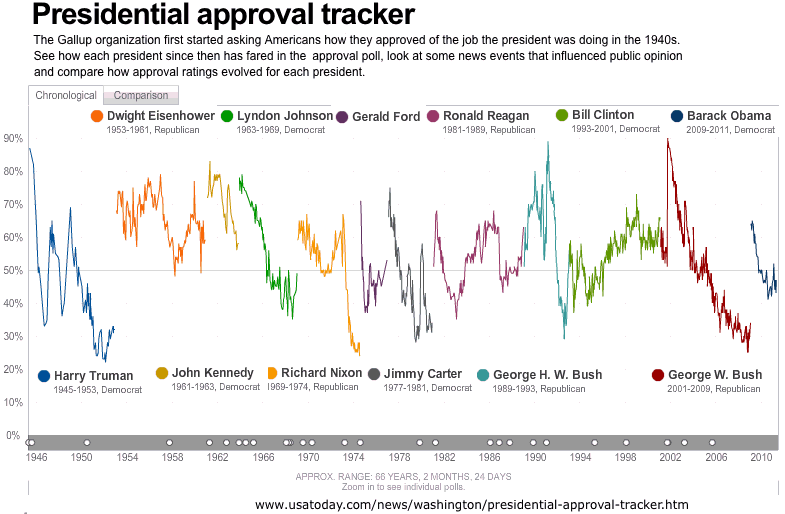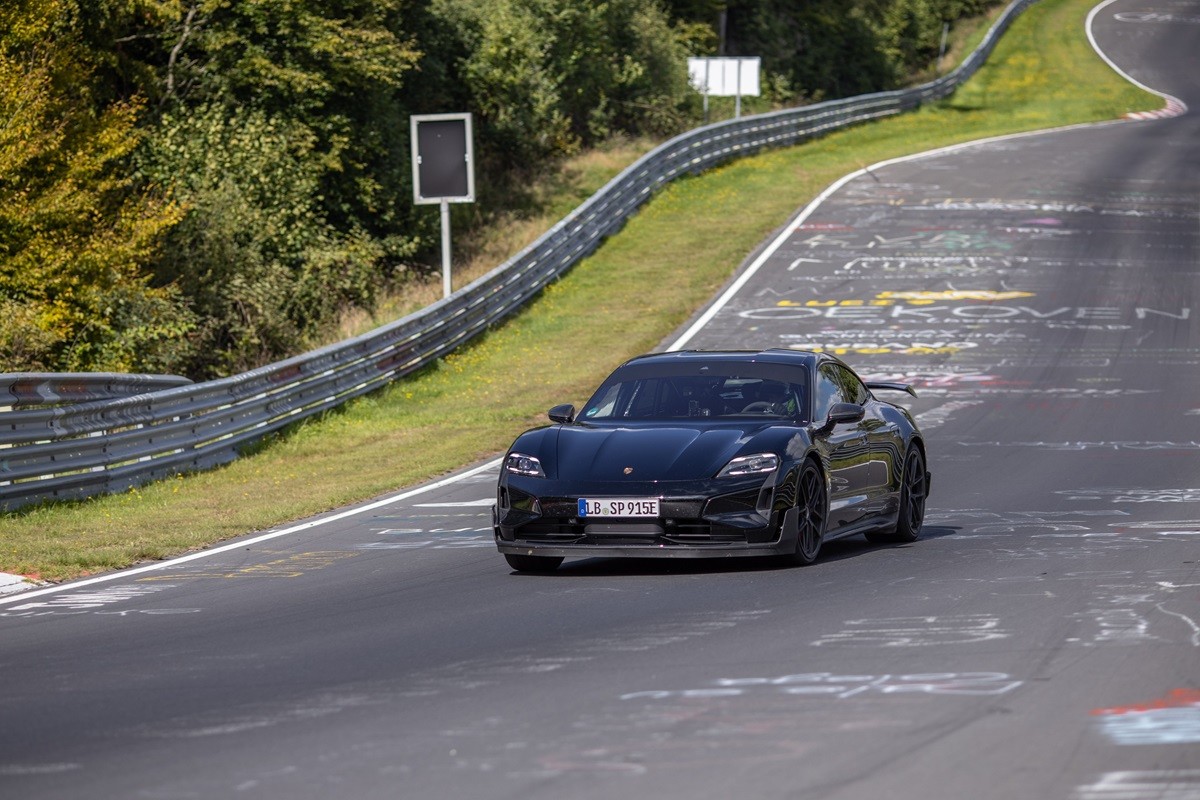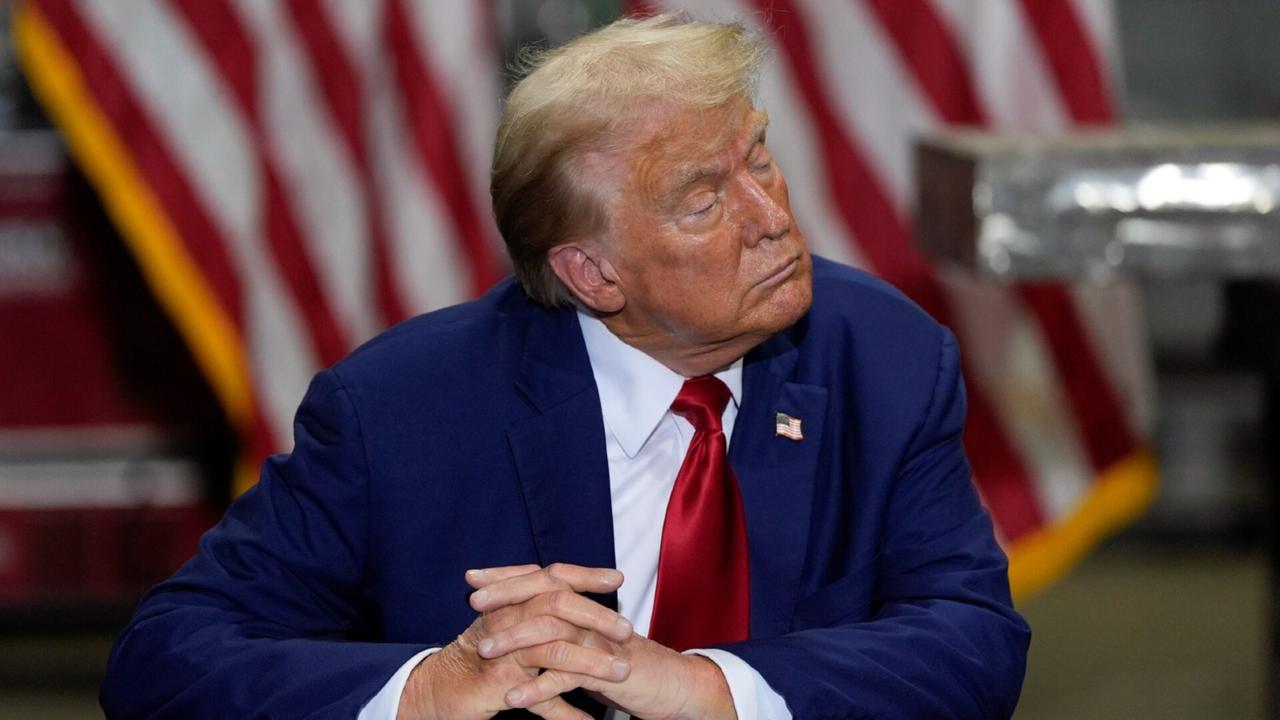Beyond BMW And Porsche: Analyzing The Current State Of The Chinese Auto Market

Table of Contents
The Rise of Domestic Brands
The most significant shift in the Chinese auto market is the meteoric rise of domestic brands. For years, international players held sway, but Chinese automakers are rapidly gaining market share and challenging established norms.
Increased Market Share
Chinese automakers like BYD, Nio, and Xpeng are leading this charge. Their success isn't just about offering cheaper alternatives; it's about a strategic combination of aggressive marketing, technological innovation, and understanding the unique needs of the Chinese consumer.
- BYD's success: BYD, with its strong focus on electric vehicles and vertically integrated supply chain, has become a dominant player, consistently ranking among the top sellers in China. Their Blade Battery technology has been a key differentiator.
- Nio's premium approach: Nio targets a higher-end market segment with sophisticated EVs and a unique battery-as-a-service model, catering to affluent consumers seeking advanced technology and convenience.
- Xpeng's smart features: Xpeng focuses on integrating advanced driver-assistance systems (ADAS) and smart features into its vehicles, appealing to tech-savvy buyers.
Their combined market share has grown exponentially in recent years, exceeding projections and forcing international brands to reassess their strategies. Data from the China Passenger Car Association shows a consistent upward trend in domestic brand sales, surpassing even the most optimistic forecasts.
Technological Innovation
Beyond market share gains, Chinese domestic brands are showcasing impressive technological prowess. This is particularly evident in the electric vehicle (EV) sector, where they're making significant strides in battery technology, autonomous driving, and connected car features.
- Battery technology advancements: Chinese companies are at the forefront of developing advanced battery technologies, including solid-state batteries and improved lithium-ion battery chemistries, aiming for higher energy density and faster charging times.
- Autonomous driving systems: Significant investment in artificial intelligence (AI) and sensor technology is driving progress in autonomous driving capabilities, with some Chinese brands already offering Level 2 and beyond autonomous features.
- Government support: The Chinese government's strong support for the EV industry, including substantial subsidies and infrastructure development, further accelerates this technological advancement.
These advancements are not just catching up to international competitors; in some areas, they are exceeding them, particularly in the integration of innovative technologies and features tailored to the Chinese market.
The Electric Vehicle Revolution
China's commitment to electric vehicles is unparalleled. Government policies and burgeoning consumer demand are driving this rapid transformation.
Government Incentives and Policies
The Chinese government has implemented a comprehensive set of policies to promote EV adoption. These include:
- Substantial subsidies: Direct financial incentives for consumers purchasing EVs.
- Tax breaks: Reduced taxes and import duties on EVs and EV components.
- Charging infrastructure development: Massive investment in building a nationwide network of charging stations.
- Emission regulations: Stricter emission standards that favor electric vehicles.
These policies have been instrumental in creating a favorable environment for EV manufacturers and accelerating the transition towards electric mobility.
Consumer Demand and Preferences
Chinese consumers are increasingly embracing EVs, driven by factors such as:
- Government incentives: The financial benefits associated with EV ownership are significant.
- Environmental concerns: Growing awareness of environmental issues is influencing purchasing decisions.
- Technological features: Consumers are attracted to the advanced technology and connectivity offered by many EVs.
- Range anxiety mitigation: Improvements in battery technology and charging infrastructure are addressing range anxiety concerns.
However, challenges remain, such as ensuring sufficient charging infrastructure in less developed areas and addressing concerns about battery life and longevity. Understanding these consumer preferences is key to success in the Chinese EV market.
Challenges and Opportunities
Despite the impressive growth, the Chinese auto market faces significant challenges and opportunities.
Competition and Consolidation
The Chinese auto market is incredibly competitive, with both domestic and international brands vying for market share. This intense competition is leading to:
- Mergers and acquisitions: Smaller players are consolidating to gain scale and compete more effectively.
- Increased innovation: The pressure to differentiate drives innovation in technology, design, and marketing.
- Price wars: Fierce competition can lead to price wars, impacting profitability.
International brands are also facing significant challenges in penetrating this market, needing to adapt to local preferences and compete with established domestic players.
Supply Chain Disruptions and Global Economic Factors
The Chinese auto market is not immune to global economic fluctuations and supply chain disruptions.
- Semiconductor shortages: The global chip shortage has significantly impacted auto production.
- Battery material costs: Fluctuations in the price of raw materials used in EV batteries affect manufacturing costs.
- Geopolitical risks: Trade tensions and geopolitical events can disrupt supply chains and impact market stability.
The resilience and adaptability of the Chinese auto industry in navigating these external challenges will be crucial for its future success.
Conclusion
The Chinese auto market is a complex and fascinating landscape, characterized by the remarkable rise of domestic brands, the rapid adoption of electric vehicles, and intense competition. While challenges remain, the market's dynamism and potential for innovation are undeniable. Understanding the current state of the Chinese auto market is crucial for both domestic and international players looking to navigate this rapidly evolving sector. To stay ahead of the curve and capitalize on future opportunities, continued analysis of the Chinese auto market's trends and developments is essential. Dive deeper into the specifics of the Chinese automotive industry and prepare yourself for the future of mobility.

Featured Posts
-
 Cassidy Hutchinsons Fall Book Release Insights Into The January 6th Hearings
Apr 29, 2025
Cassidy Hutchinsons Fall Book Release Insights Into The January 6th Hearings
Apr 29, 2025 -
 The U S Dollar And The Presidency A Historical Comparison Nixon To Present
Apr 29, 2025
The U S Dollar And The Presidency A Historical Comparison Nixon To Present
Apr 29, 2025 -
 Trumps Tax Bill Republican Opposition And Potential Blockades
Apr 29, 2025
Trumps Tax Bill Republican Opposition And Potential Blockades
Apr 29, 2025 -
 Concern Mounts For Missing British Paralympian In Las Vegas
Apr 29, 2025
Concern Mounts For Missing British Paralympian In Las Vegas
Apr 29, 2025 -
 Sejarah Porsche 356 Evolusi Ikonik Dari Zuffenhausen Jerman
Apr 29, 2025
Sejarah Porsche 356 Evolusi Ikonik Dari Zuffenhausen Jerman
Apr 29, 2025
Latest Posts
-
 Debbie Elliott A Retrospective
May 12, 2025
Debbie Elliott A Retrospective
May 12, 2025 -
 Getting To Know Debbie Elliott
May 12, 2025
Getting To Know Debbie Elliott
May 12, 2025 -
 Debate Ignites Fabers Decision On Coa Volunteer Honours
May 12, 2025
Debate Ignites Fabers Decision On Coa Volunteer Honours
May 12, 2025 -
 The Unexpected Duo How Sylvester Stallone And Michael Caine Found Success In Diverse Genres
May 12, 2025
The Unexpected Duo How Sylvester Stallone And Michael Caine Found Success In Diverse Genres
May 12, 2025 -
 The Life And Times Of Debbie Elliott
May 12, 2025
The Life And Times Of Debbie Elliott
May 12, 2025
